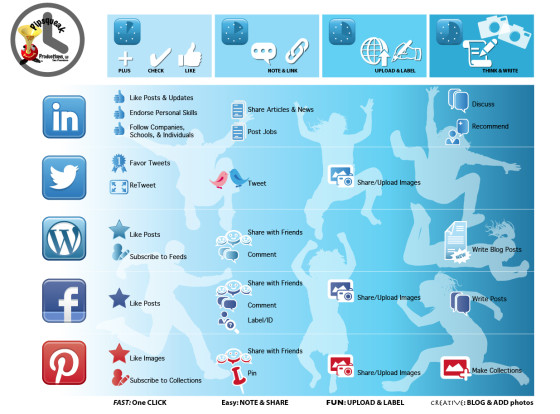
Books are not just a collection of words on a page. It takes time to birth a story. When I write, I do a lot of research. In addition to reading, annotating, and creating bibliographies on the science in my science fiction novels, I also collect images. For years, I had folders and folders of mood boards for each of my stories. I took photographs of the actual locations mentioned in my books. I made scrapbooks… I love my books illustrated, so I’ve even illustrated some of my books. But for those of you interested in seeing some of my photo research or just simply inspirational images from various artist that matched closely to what I saw in my head as I wrote the stories, I’ve created book boards on Pinterest. I’m not going to give summaries of each story I wrote here, but instead, I will say something of why the images you will see if you follow the links below speak to me and my stories. Enjoy! Suddenly, Paris Suddenly, Paris was my first science fiction book. It was first published in 2009 and then again (after a serious re-edit) in 2015. It deals with several locations that…


